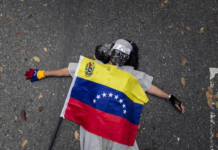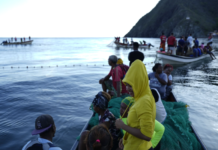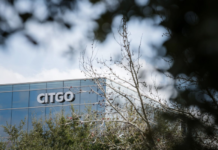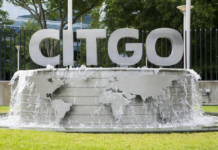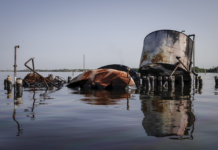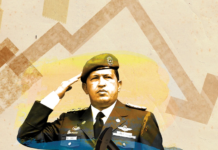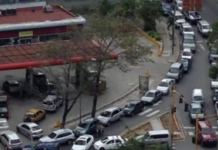Abstract
-
South America is witnessing a resurgence of leftist governments, reminiscent of the «Pink Tide» of the early 2000s.
-
This shift is marked by the election of leftist leaders in Argentina, Bolivia, Peru, Chile, Colombia, and Brazil.
-
However, the region also faces significant challenges, including economic crises, corruption, and political instability.
-
The political landscape is further complicated by the ongoing humanitarian crisis in Venezuela and the impact of the COVID-19 pandemic.
-
The future of South America’s politics and economy remains uncertain, with potential influences from Russia and China.
The Resurgence of the Left
South America appears to be experiencing a political shift, with a resurgence of leftist governments reminiscent of the «Pink Tide» of the early 2000s. This wave of change has seen the election of moderate-left Peronist candidate Alberto Fernandez in Argentina, the return of the Movement Toward Socialism in Bolivia, and the rise of far-left leaders like Pedro Castillo in Peru, Gabriel Boric in Chile, and Gustavo Petro in Colombia.
The Challenges Ahead
However, this political shift is not without its challenges. The region is grappling with economic crises, corruption, and political instability. The conservative wave that followed the Pink Tide, beginning with Jair Bolsonaro’s victory in Brazil in 2018, has not entirely receded. Countries like Uruguay, Ecuador, and Paraguay still have conservative governments in power.
The Venezuelan Crisis
Venezuela stands as the last bastion of South America’s original Pink Tide, but the Bolivarian revolution that began under former President Hugo Chavez has transformed into an economic and humanitarian disaster under his successor, Nicolas Maduro. The attempt to replace Maduro with Juan Guaido in 2018 gained international support but ultimately failed, leaving the political opposition struggling to maintain relevance.
The Fragility of Democracy
Beyond the political shifts, South America is characterized by a sense of instability and democratic fragility. Peru’s Castillo was removed from office after a tumultuous 18 months, triggering a political crisis and ongoing protests. In Brazil, followers of Bolsonaro stormed government buildings after Lula’s inauguration, hinting at a failed coup attempt. These incidents underscore the region’s struggle to maintain democratic stability.
Conclusion
The resurgence of the left in South America marks a significant shift in the region’s political landscape. However, the challenges of economic crises, corruption, and political instability loom large. As the region navigates these complexities, the world watches with keen interest, waiting to see how this new wave of leftist leaders will shape South America’s future.

